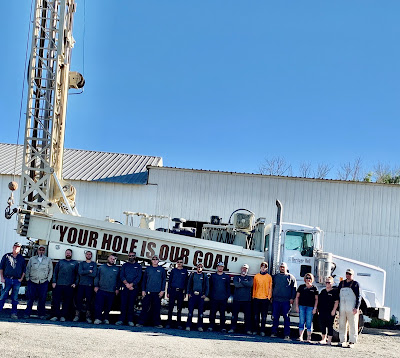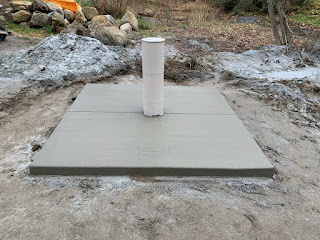What Sets our Team Apart?

If you are reading this post then most likely you are looking at multiple bids for your well pump or well drilling installation. We believe in doing our own research as well when we hire contractors to work on our own home. Here at Heritage Well we believe the following should be considered when speaking with contractors to complete your project: Installation Quality, Contractor Communication & Service, Reviews and Pricing. Installation Quality You may have read some of our other posts regarding our beliefs in installation quality before you stumbled across this article. If you haven't, check out this post for some examples of our well system installations. We pride ourselves on the quality of our installations in all things WELL. This means we have high expectations and well designed processes for every step of your project. If you are drilling a well with us this starts from the very beginning in selecting the proper materials and method of drilling applicable for both yo

